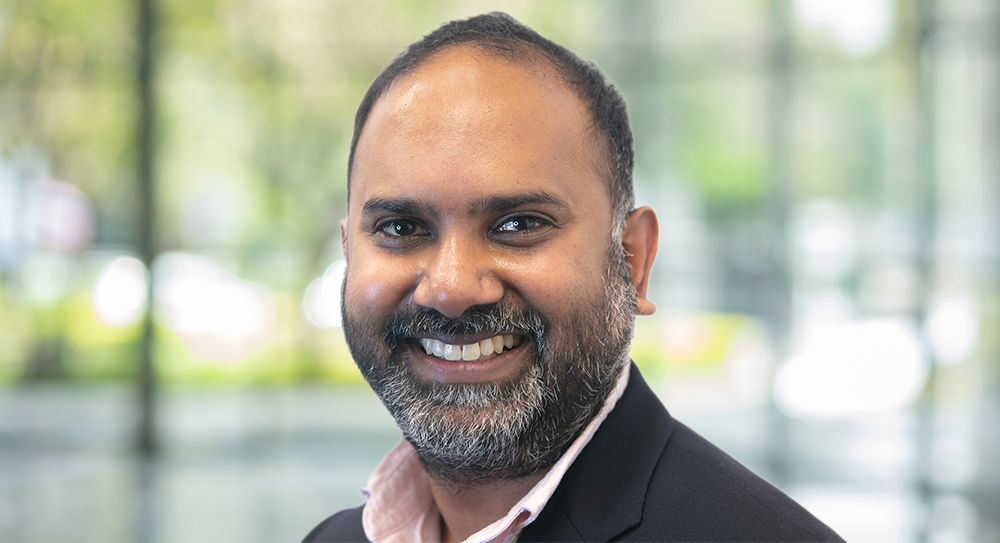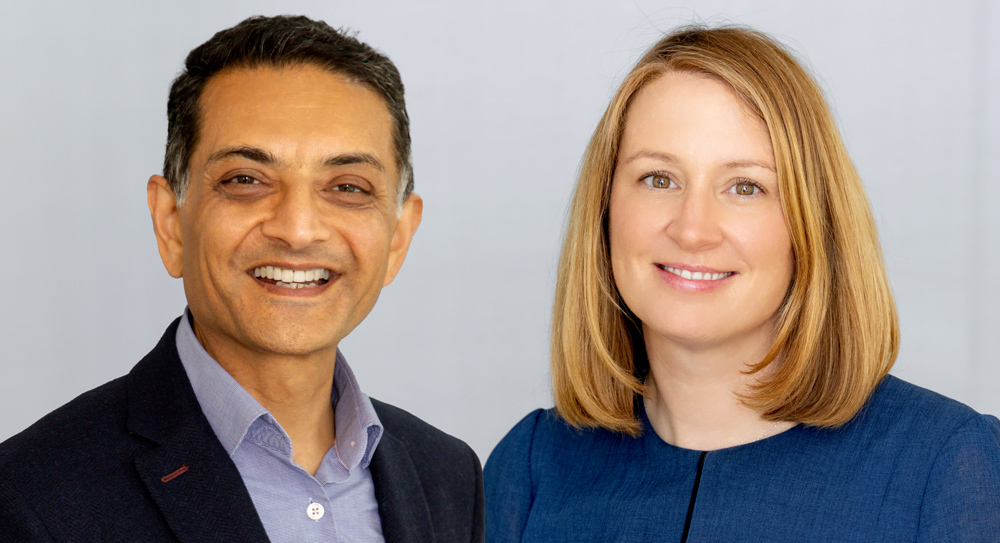The ESG tech wave
ESG reporting is moving into its next phase and reaching new levels of sophistication.
Categories: AnalysisESGESG policyESG regulationESG updateFundraising & fund structuringODD / DDQHuman CapitalHR / talent managementOutsourcingFund administrationIT & cyber securityLegal & compliance advisoryRegs & ComplianceRegulatory updateReporting & Transparency Accounting standardsReporting softwareTemplatesTechnologyCRMCompliance softwareCyber securityData roomMarketing, comms, PRReporting portalReporting software






